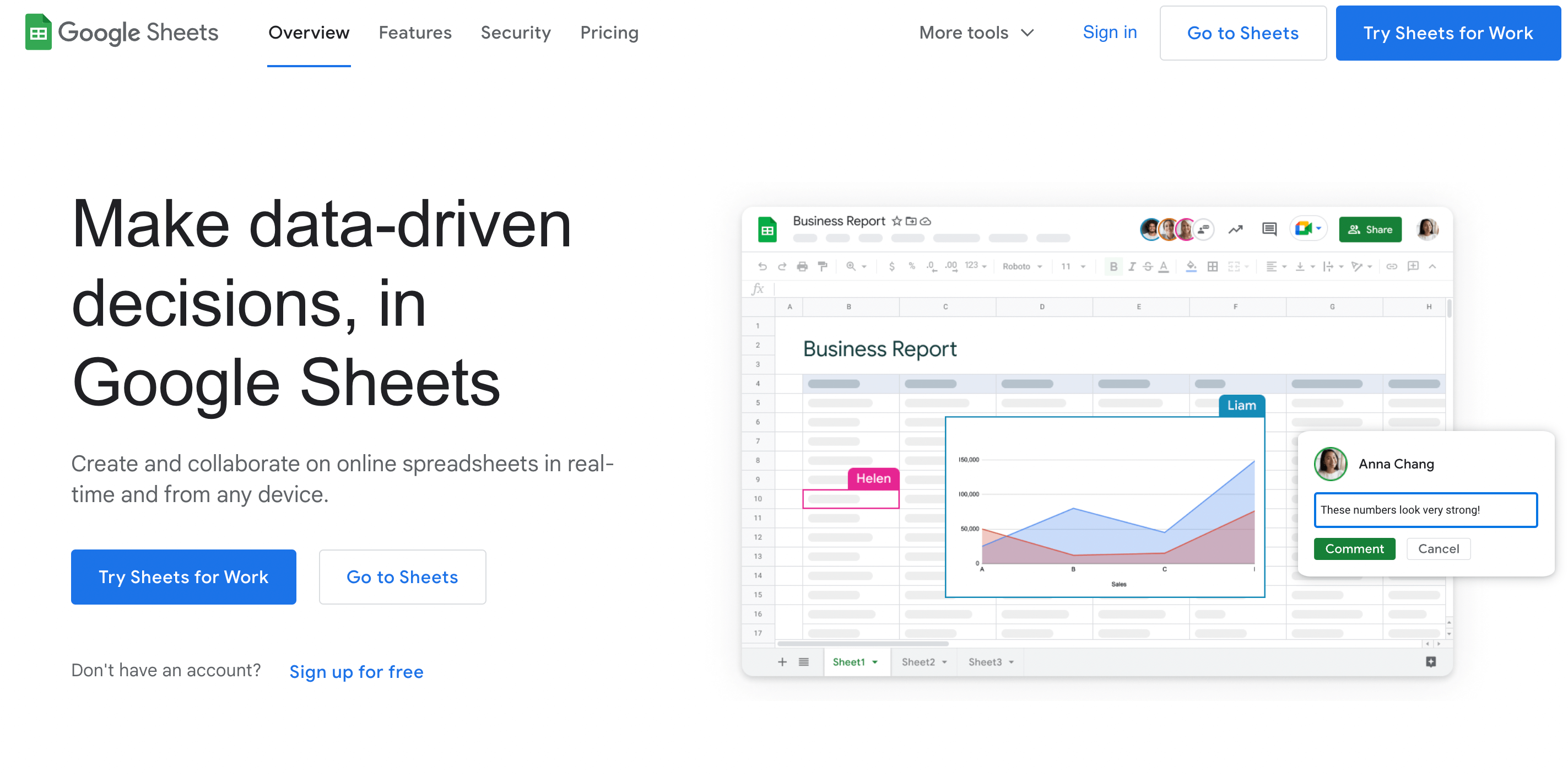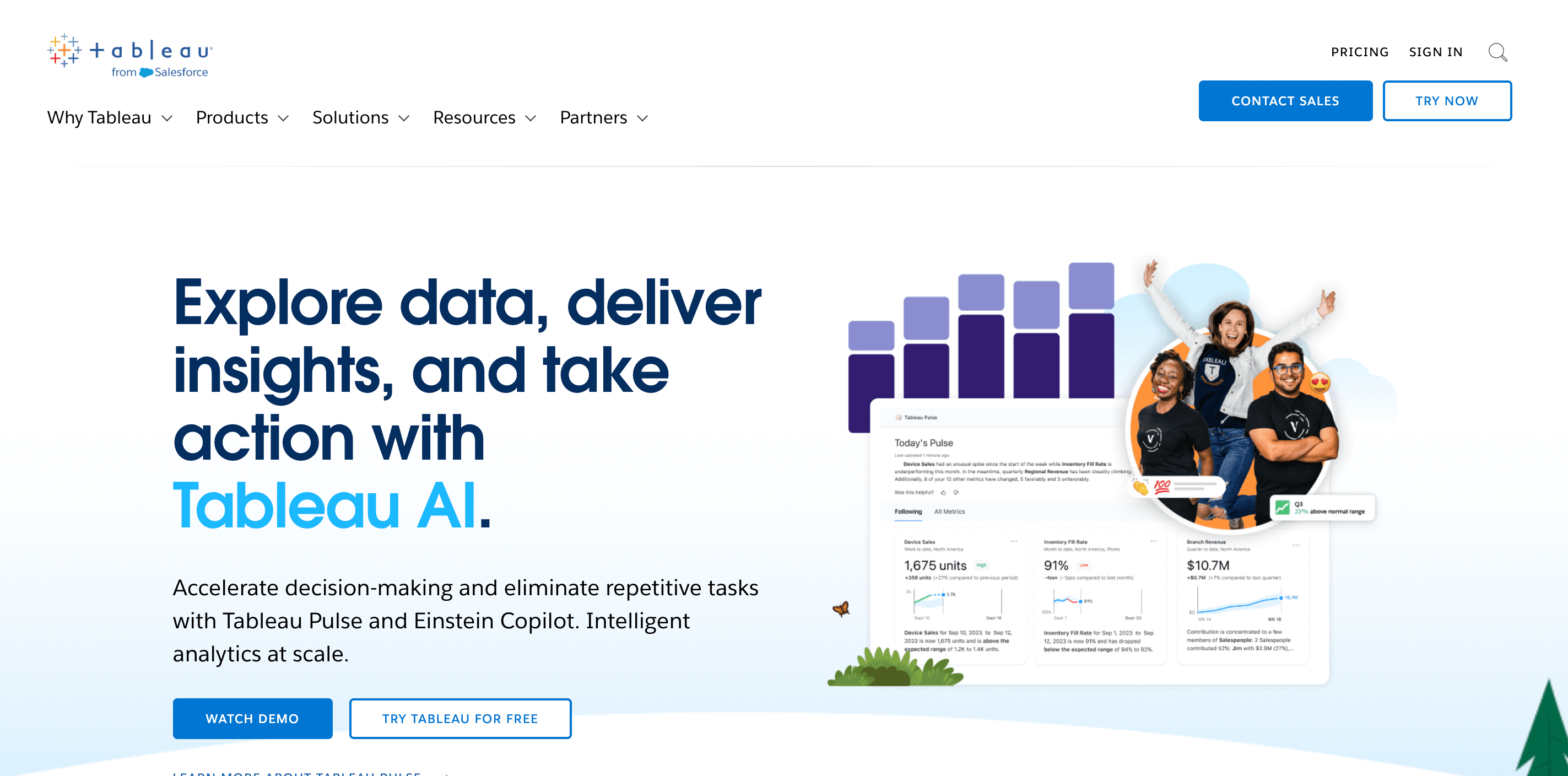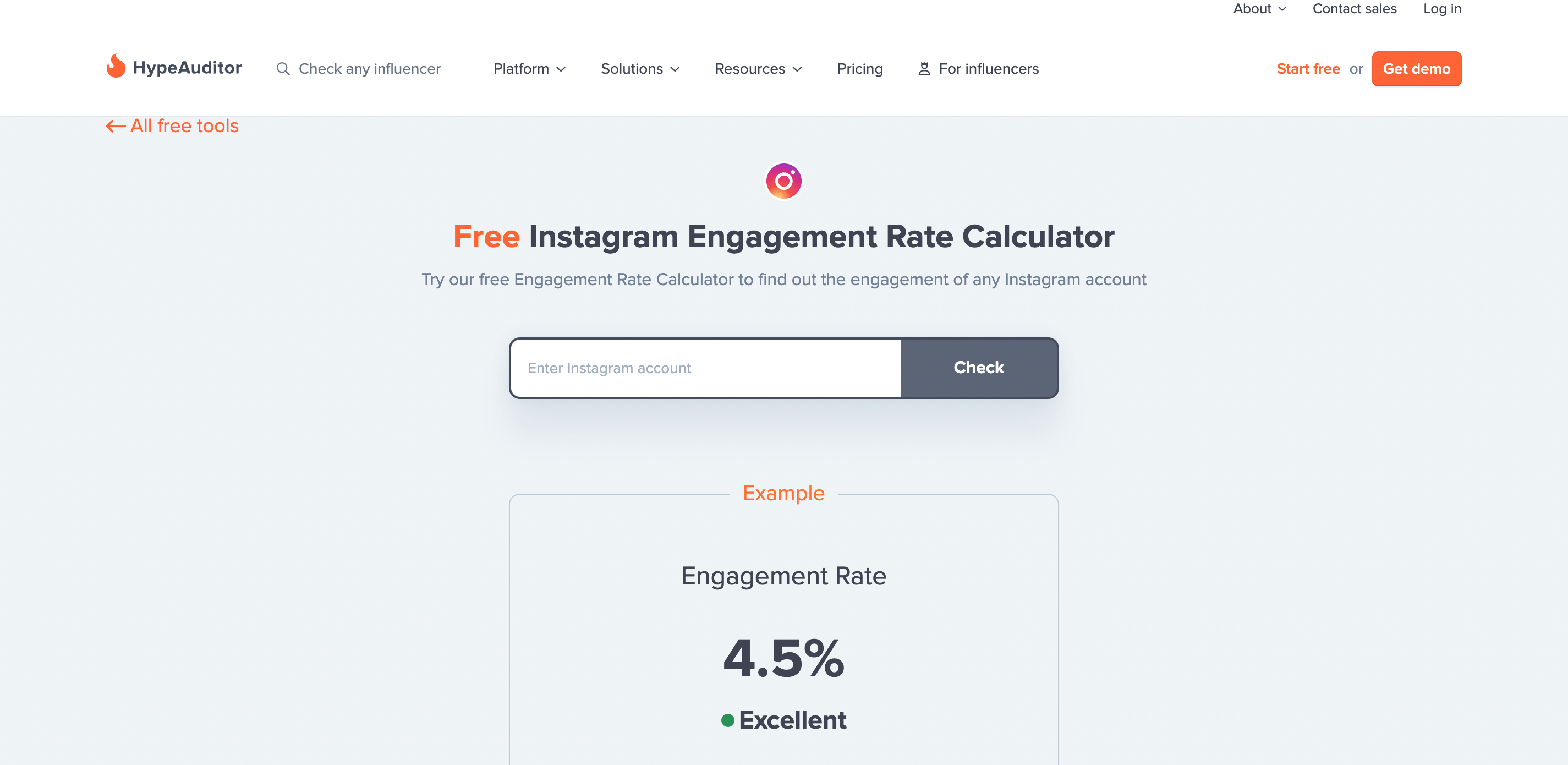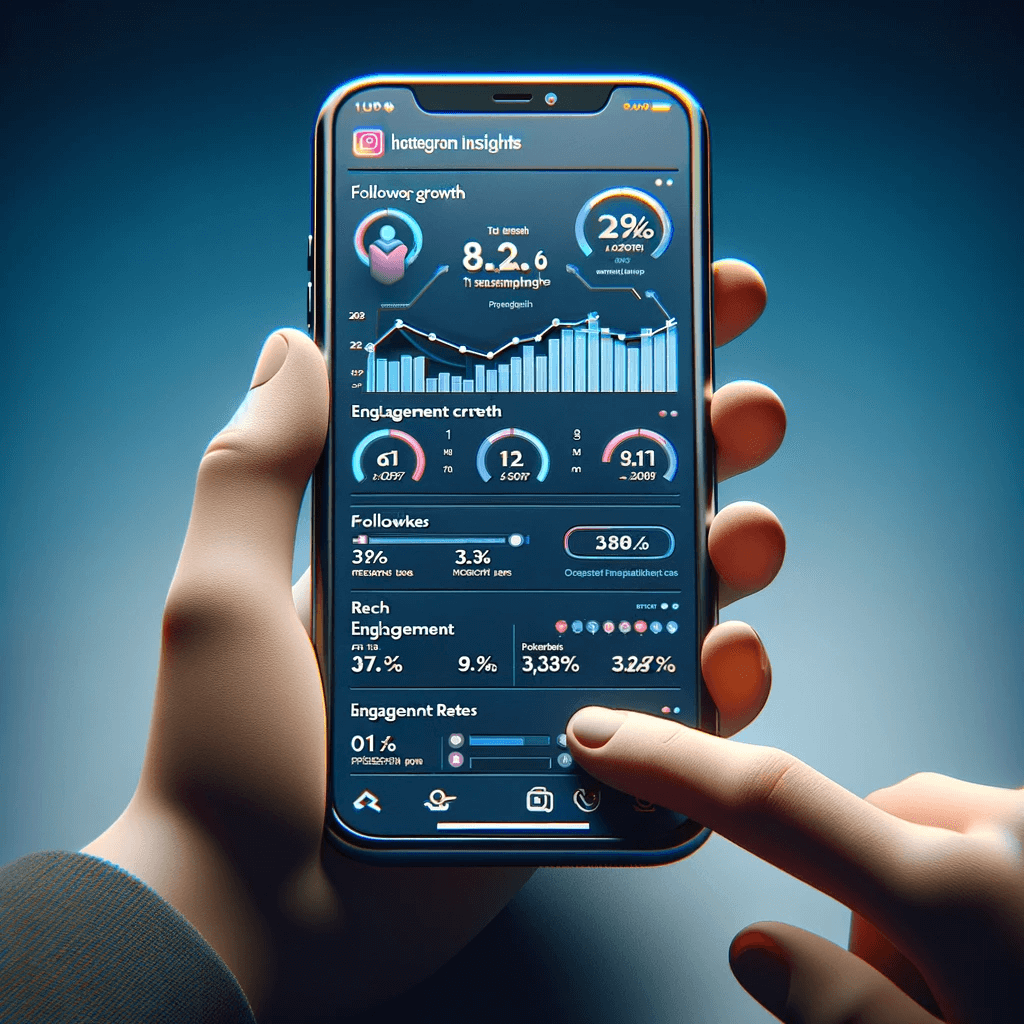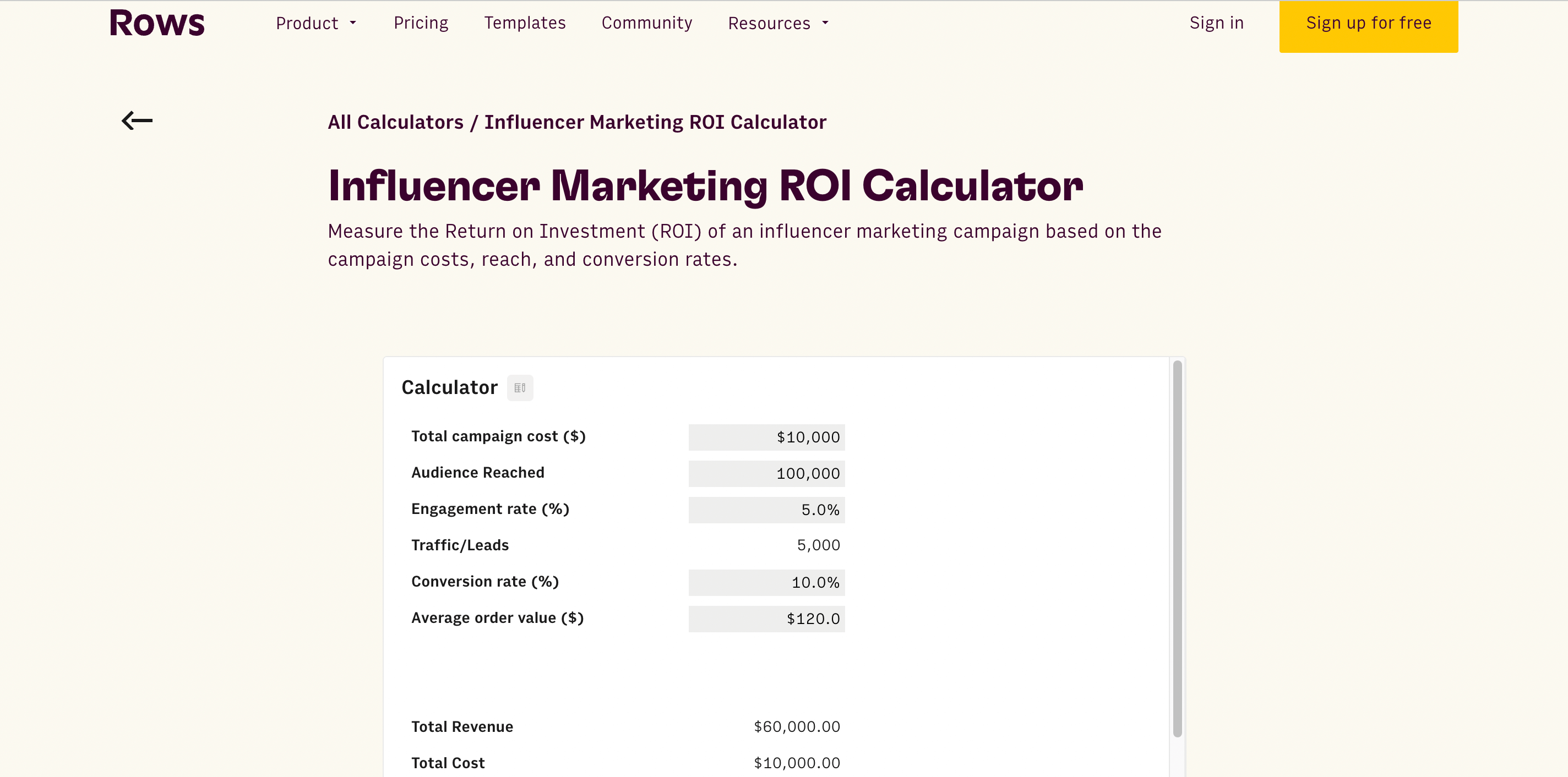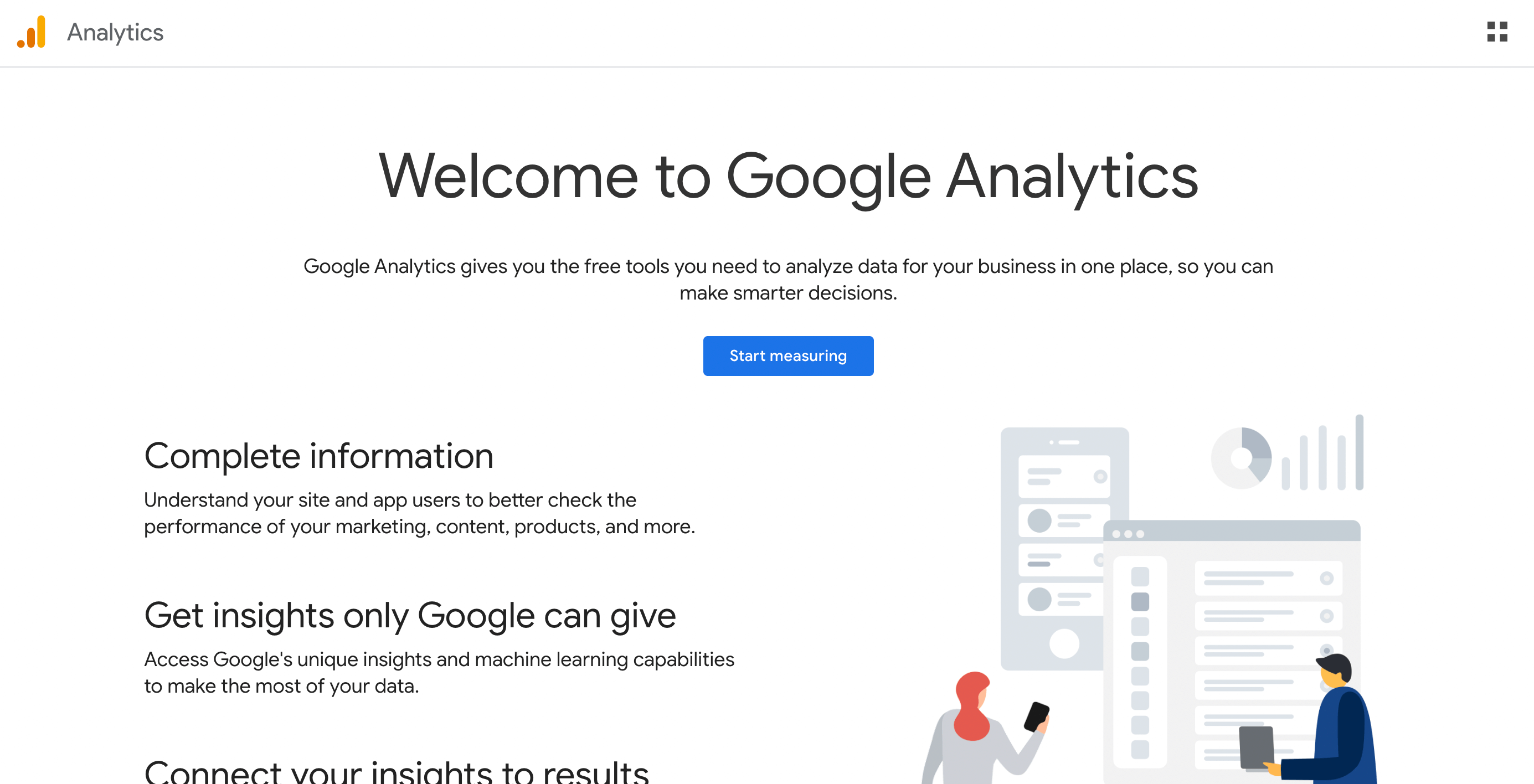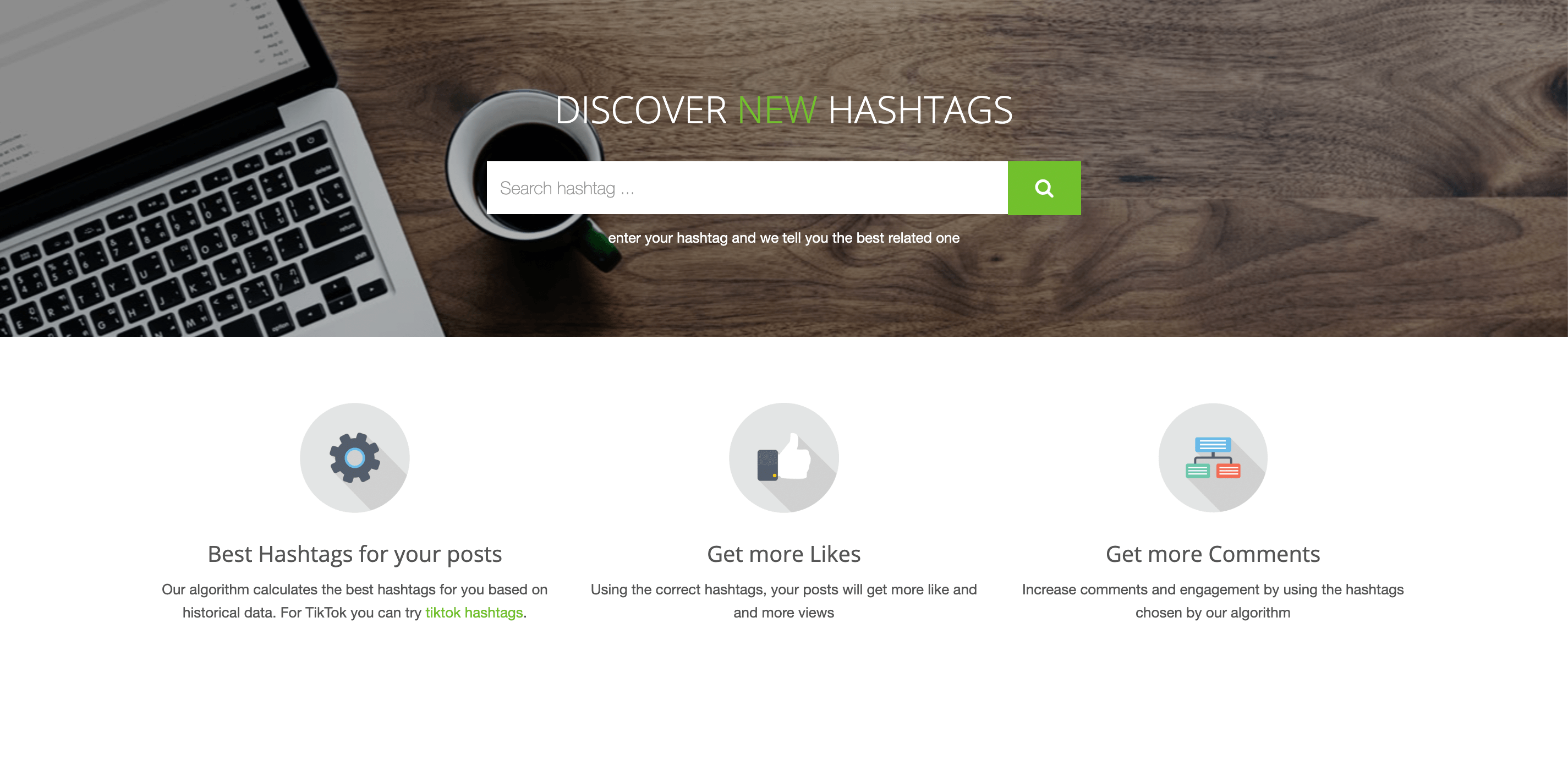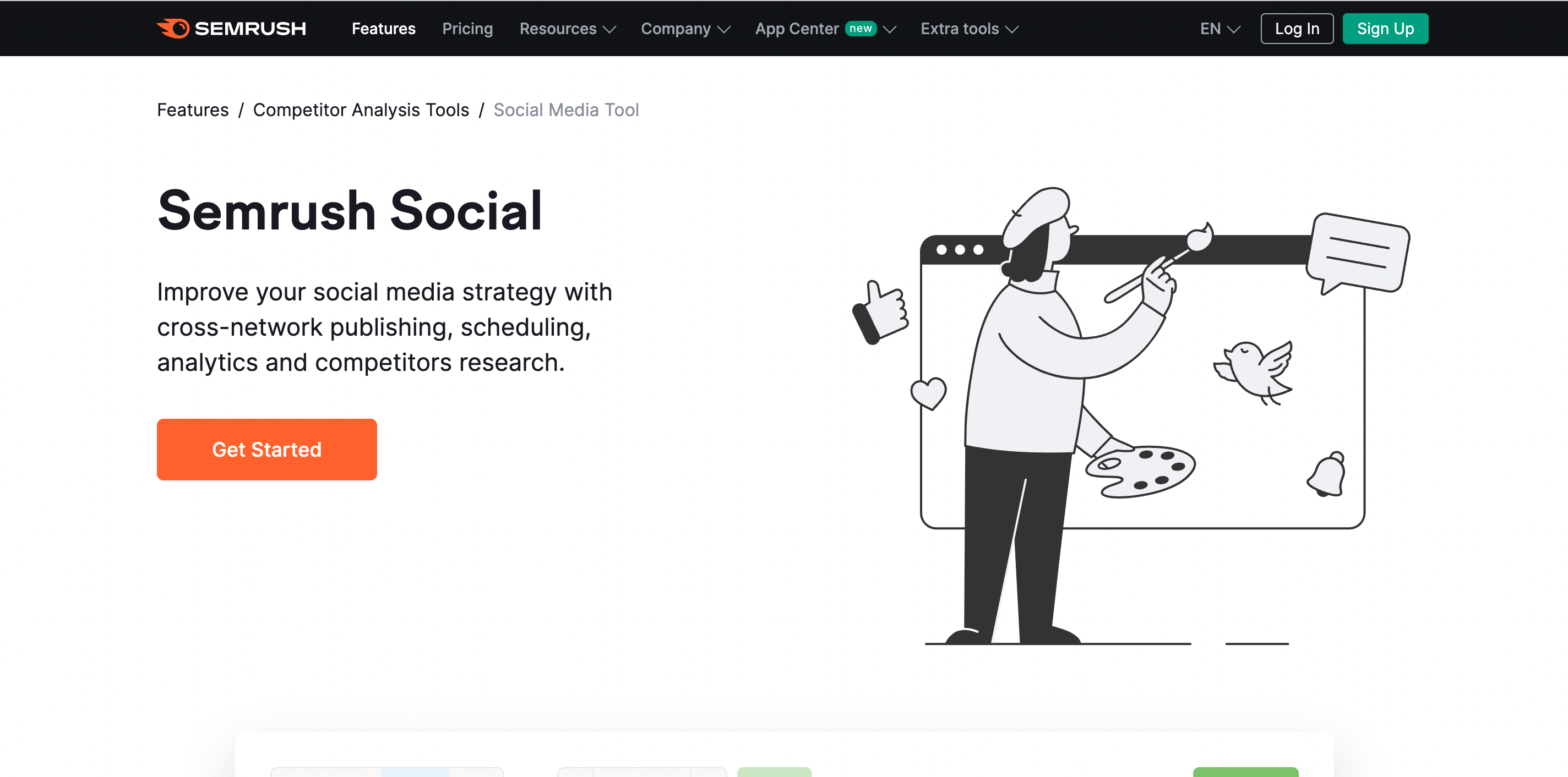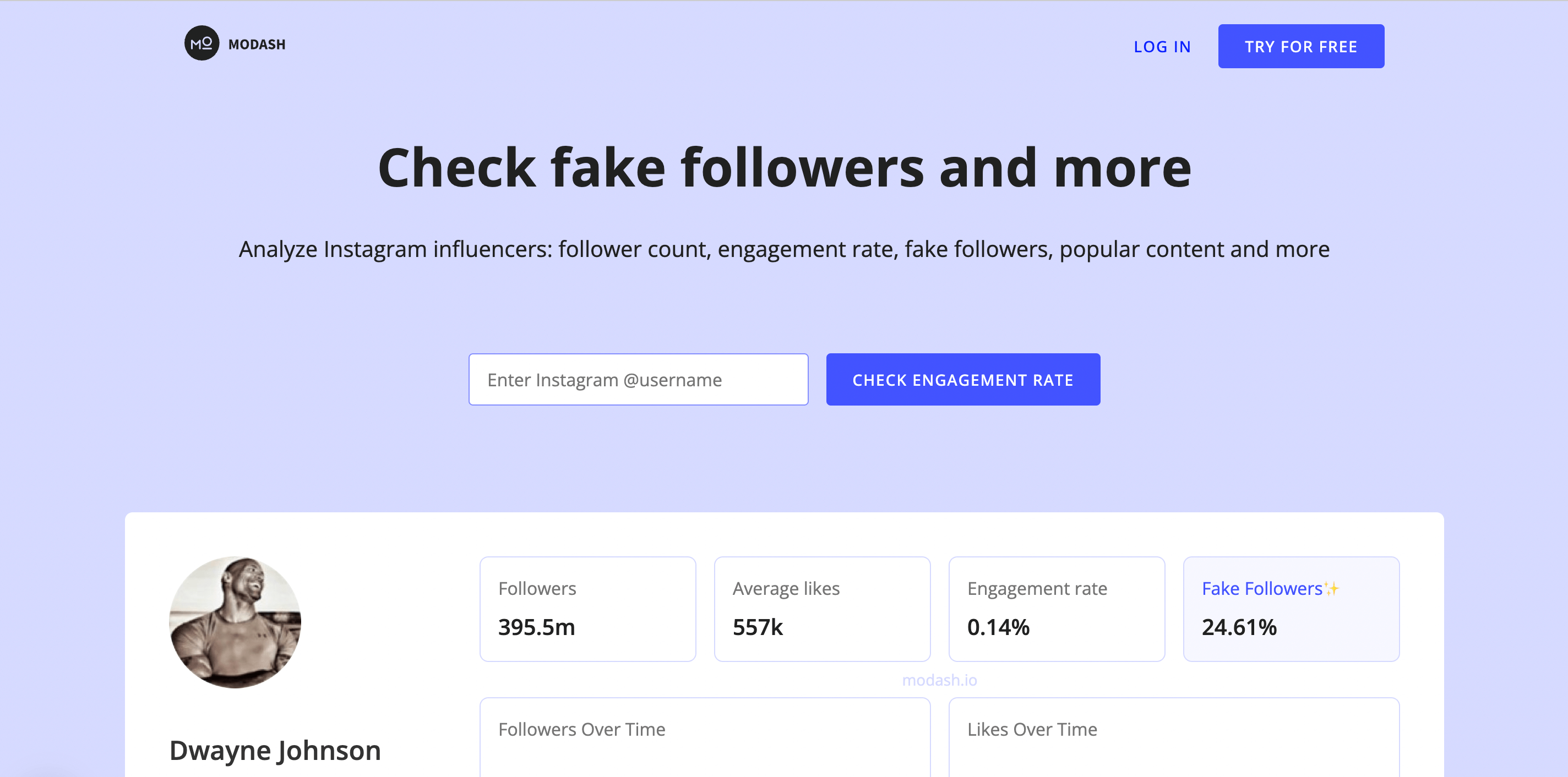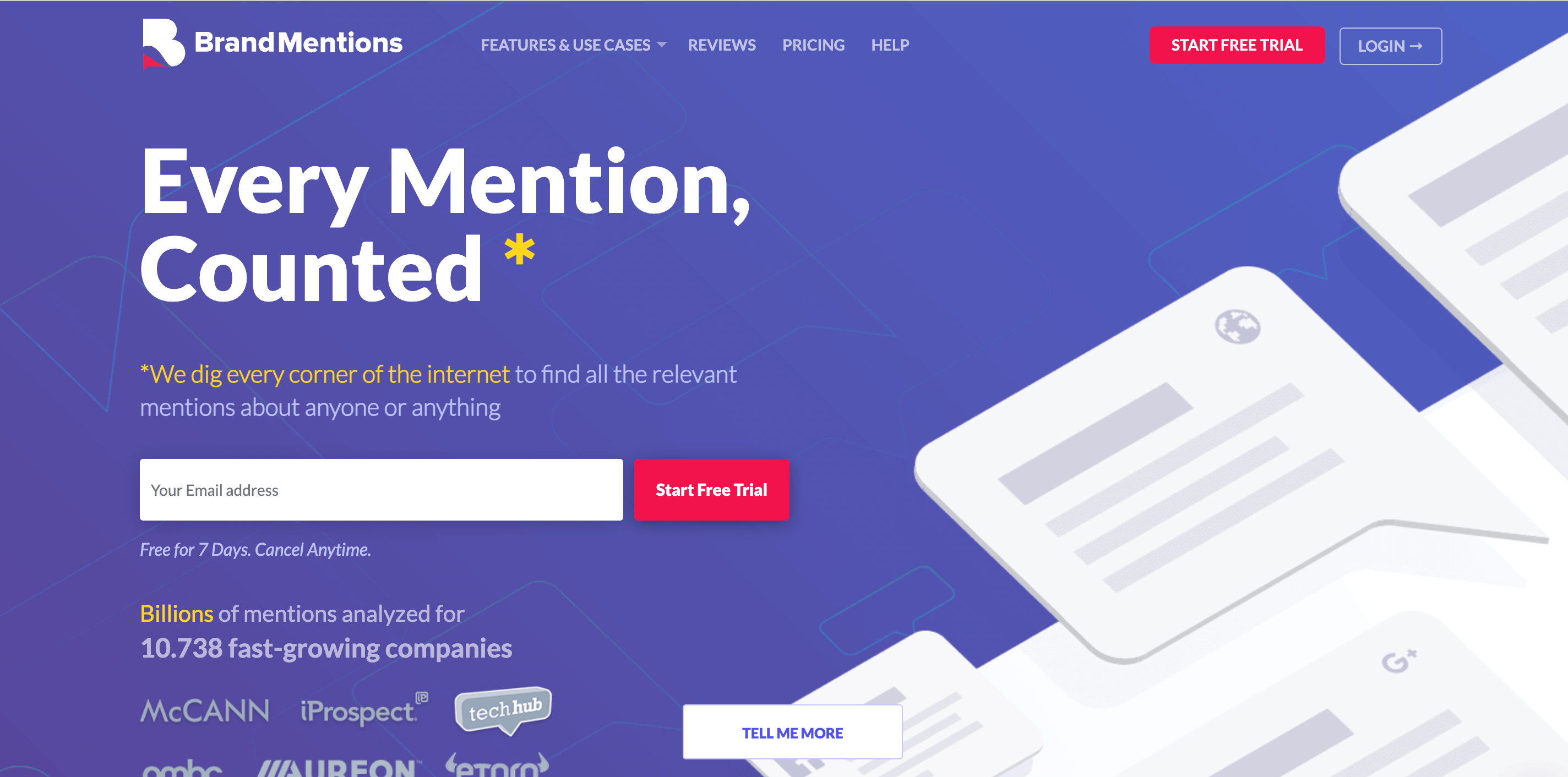
01 Feb Top 10 Influencer Analytics Tools for Strategic Growth
As we enter 2024, the world of digital promotion has changed significantly. Traditional advertising methods, once effective, are now taking a backseat to the persuasive power of influencers.
Today, businesses of all sizes are gradually recognizing the impact these influential content creators have in swaying consumer purchase decisions with their genuine and relatable messaging. In fact, according to a recent survey, 23% of companies plan to allocate over 40% of their total marketing budget to influencer-driven campaigns this year. [1]
If you’re new to this trend or have only heard bits and pieces about it, you might be curious about how so many are achieving success in this space. And that’s exactly why we’re here — to demystify the process and answer all your questions.
We’re revealing 10 influencer analytics tools designed to refine your marketing strategies with accuracy and a dash of creativity. Moreover, as seasoned experts who navigate these waters daily, we’ll also reveal how our team can shoulder the heavy lifting for you.
So, without further ado, let’s dive in.
Understanding Influencer Analytics Tools
Influencer analytics tools are like the GPS for navigating the complex terrain of modern marketing. They help find the right content creators, keep an eye on how well influencer campaigns are performing, and make smart decisions based on real data.
Let’s say a skincare brand teams up with 10 beauty influencers to promote a new moisturizer. Each of these content creators has thousands of followers who trust their recommendations. It’s crucial for the company to see if these partnerships are actually making a difference. Are people just liking the posts, or are they going out and buying the product?
Influencer analytics tools can tell them just that — they show how much buzz each influencer is creating and whether their audience is the real deal or just bots. This way, marketers can make sure they’re putting their money where it counts.
10 Popular Influencer Analytics Tools
Now that you’re equipped with a solid understanding of what influencer analytics tools are and why they are important let’s dive into the heart of the matter. Here’s our curated list of the top 10 solutions that you must know in order to make it big on social media.
1. Spreadsheets
Kicking off our list is a familiar tool that might already be part of your everyday repertoire. Surprisingly, spreadsheets are incredibly effective for managing and analyzing content creator profiles. Excel, an offline version of Microsoft Office, serves as a powerful software for data organization. It allows for the creation of comprehensive databases encompassing everything from influencer contacts to specific metrics of each post.
However, for larger teams, Google Sheets is the go-to choice. It facilitates real-time collaboration, ensuring everyone stays updated on campaign developments. Once all the basic info is populated manually or scrapped to either platform, marketers can leverage it to conduct tailored calculations, such as deriving average engagement rates across various posts using built-in mathematical functions.
2. Data Visualization Software
We understand that gazing at rows and cells might not be everyone’s cup of tea, and some prefer a more engaging and user-friendly approach. That’s where our next tool comes into play, turning boring sheets of influencer metrics into visually stunning representations. Tableau, a standout in this category, is known for its ability to morph complex tables and datasets into interactive, eye-catching dashboards. This allows marketers to swiftly spot trends and patterns, making strategic decisions a breeze.
Google Data Studio is another such software that seamlessly integrates with spreadsheets, offering similar capabilities to derive informative reports and charts. Utilizing these tools, the entire marketing team, along with stakeholders, can gain a comprehensive and clear understanding of influencer collaborations, guiding them in making well-informed choices.
3. Engagement Rate Calculators
Continuing with our lineup of essential analytics tools, we come to calculators designed to assess likes, comments, shares, and other forms of interaction in relation to the total number of followers or post reach. They provide brands with valuable insights into how engaged their audience is with the content posted by influencers.
The mechanics are quite straightforward: simply input the handle of a content creator’s profile or paste their URL, then click the check button. Within seconds, you’ll receive a result in the form of a percentage value – It’s as simple as that! A healthy engagement rate typically falls within the range of 0.04% to 16%, although this can vary based on the creator’s follower count. [2] Some must-try ones include HypeAuditor, Phlanx, and trendHERO, and the best part is that they are available for free.
4. Audience Demographics Analyzers
Believe it or not, almost every social media platform has an in-app audience demographics analyzer. Many marketers aren’t aware of this, or if they are, they aren’t using it to its full potential. So, whether you’re considering a collaboration with an influencer to make it big or have already partnered with one but are puzzled by views without conversions, there’s a simple solution: check the content creator’s insights. You’ll get an idea of the age group, gender, and even the location of the viewers who consume their material.
Most platforms like Instagram and YouTube have built-in insight dashboards, and you can easily request a screenshot from the creator. For an even better approach, consider having the content posted as a collaborator, which grants you direct access to these statistics. While there are third-party apps available for this purpose, such as Brandwatch and Sprout Social, they come at a cost.
5. ROI Calculators
ROI calculators use a formula to determine the value you gain in comparison to the amount spent. To get this figure, you’ll need to input key details like the total campaign cost, the influencer’s reach (which you can gather from insights), and their engagement rate. The resulting figure gives you a clear picture of your initiative’s effectiveness.
A positive number indicates a profitable campaign, affirming the value of your influencer choice. On the flip side, a negative ROI is a red flag, suggesting it might be time to explore collaborations with other individuals who have more favorable metrics. For a hands-on approach, try using Rows, which is both accessible online and free. Additionally, you can check out our in-depth guide with a straightforward formula to help you effortlessly calculate ROI.
6. Content Analysis Tools
While Google Analytics is renowned for website data analysis, it can also indirectly assess the impact of influencer-driven content by tracking user engagement and behavior on a brand’s website. For example, when influencers direct their followers to a website, Google Analytics can assess the resulting traffic, providing insights into how they interact with the site. This includes understanding which pages they visit, how long they stay, and what actions they take, offering valuable feedback on the effectiveness of the creator’s post in driving meaningful engagement.
More specifically, marketers can simply allot the influencer a UTM (Urchin Tracking Module) link, which they can then utilize in their blog or other material. These UTM parameters are short text codes that are appended to URLs to provide detailed tracking of marketing campaign performance in Google Analytics.
7. Hashtag Performance Analyzers
As per a recent study, tweets that incorporate hashtags witness twice the engagement compared to those devoid of them. [3] This has substantial implications for elevating brand visibility. To this end, hashtag tools essentially aggregate the most up-to-date trends and topics, presenting them in an organized manner.
A marketer can easily review a hashtag used by an influencer in a previous post and compare its popularity using resources like Best Hashtag or Hashtagify with the views, likes, and comments received. If a post containing popular hashtags doesn’t perform as expected, it could signify issues such as a shadow ban due to the purchase of fake followers or a lack of genuine connection with the audience. Collaborating with such creators may not yield the desired results and could lead to an inefficient allocation of marketing budgets.
8. Competitor Analysis Tools
In the ever-changing digital landscape, understanding your competitors’ strategies is crucial. Hence, tools like SEMrush’s Social Tracker and Hootsuite offer invaluable insights into the social media tactics of your competitors. More specifically, these tools enable brands to monitor the social media accounts of their competitors, comparing growth, engagement levels, and content strategies.
For instance, a brand can use Social Tracker to observe which influencers their competitors are partnering with and how these partnerships impact online presence. This analysis helps brands identify gaps in their own strategies and opportunities to innovate. They can even reach out to these highly influential profiles for a paid or barter collab if they find that they are performing well.
9. Fake Follower Checkers
In an era where artificially boosting follower counts has become commonplace, the ability to discern authentic profiles from fake ones is more vital than ever before. Moreover, social media platforms like Instagram and YouTube, which allow users to hide the total number of likes, have made it increasingly challenging to determine the authenticity of an account solely by comparing followers to likes.
This is precisely where tools such as HyperAuditor, Modash, and Fakecheck.co step in, providing invaluable assistance. The process is simple: just input the influencer’s handle, and the tool takes care of the rest. For instance, these tools can identify irregularities in follower growth patterns, which may suggest the acquisition through unethical ways.
10. Brand Mention Trackers
These sophisticated tools scan various online platforms to pinpoint and categorize mentions of your brand or specific keywords. Initially focused on traditional media, their scope has expanded with the rise of social media and online forums. Presently, sites like BrandMentions and Keyhole not only detect tags but also evaluate the sentiment behind them and measure reach.
Marketers can use them to unearth authoritative voices and potential partners who are already discussing your products, even in non-sponsored content. Once these key influencers are identified, marketers can effectively connect with them using specialized outreach tools, opening doors to authentic and potentially fruitful collaborations.
Choosing the Right Influencer Analytics Tool
While we’ve highlighted some accessible and free options, they represent just a slice of the vast array available. Not all tools are created equal, and the right choice varies based on individual needs and objectives. To guide you in making an informed decision, here are key considerations, expanded and organized into a table for clarity:
| Key Factor | Insight |
| Strategic Fit | The tool you choose should directly support your marketing goals. If brand reach is your focus, prioritize solutions known for their robust engagement and reach analytics. |
| Operational Ease | User-friendliness is essential. A straightforward interface allows for quick, effective data interpretation and decision-making. |
| Timely Insights | In the fast-paced world of social media, access to immediate data is invaluable. Ensure your choice offers real-time analytics for agile strategy adaptation. |
| Integration Capability | The tool should integrate smoothly with your existing marketing stack, ensuring a cohesive strategy and efficient data management. |
| Adaptability for Growth | As your brand grows, so should your analytics solution. Scalability ensures it remains useful, adapting to your evolving needs. |
| Value for Investment | Weigh the cost against the features and benefits. The ideal choice offers a comprehensive set of functionalities at a reasonable price. |
| Support and Resources | Especially important for newcomers to influencer analytics, robust support and educational resources can greatly enhance your experience. Look for solutions with strong customer service and learning materials. |
Elevate Your Brand With The Influencer Marketing Factory
Manually sorting through analytics and employing multiple tools can quickly become a labor-intensive endeavor. This is where The Influencer Marketing Factory steps in, offering a strategic advantage to brands looking to navigate this landscape efficiently. Our forte lies in taking the heavy lifting off your shoulders.
Here’s why we make the best choice:
- Platform Versatility and Custom Pairing: Our mastery extends across TikTok, Instagram, YouTube, and beyond. We specialize in matching your brand with influencers who don’t just speak to your audience but also embody your brand’s ethos.
- Comprehensive Management and Legal Assurance: From crafting compelling narratives to handling legal intricacies, we manage every aspect with precision and professionalism.
- Case Studies That Speak Volumes: Our track record is marked by successful collaborations that have propelled brands to new heights. For instance, our work with Ren Skincare on TikTok not only amplified brand awareness but also drove significant conversions, achieving over 35,600 clicks.
- Transparent Analytics and Dedicated Support: We provide detailed insights into every campaign’s performance, ensuring transparency and accountability. Our team is committed to being more than a service provider; we are your partners in growth, offering responsive support and adaptable strategies.
Kickstart your influencer journey now
Partner with The Influencer Marketing Factory to leverage our extensive network of premium influencers. Streamline your campaign management from inception to conclusion, and attract your desired audience with compelling and engaging content.
Conclusion
And there you have it: a concise guide to the top 10 influencer analytics tools. From the simplicity of spreadsheets to the depth of systems like Tableau and HypeAuditor, these resources are critical for improving influencer marketing. They provide essential information about consumer demographics, ROI, and content performance, making them indispensable for attaining success online.
Resources
[1] – https://influencermarketinghub.com/influencer-marketing-benchmark-report
[2] – https://www.similarweb.com/blog/research/market-research/engagement-rate
[3] – https://www.searchlogistics.com/learn/statistics/hashtags-statistics/


